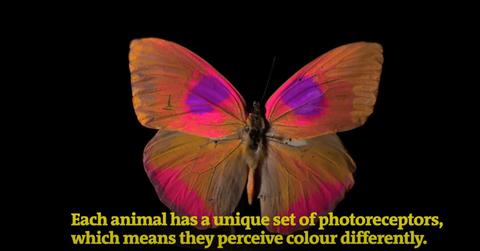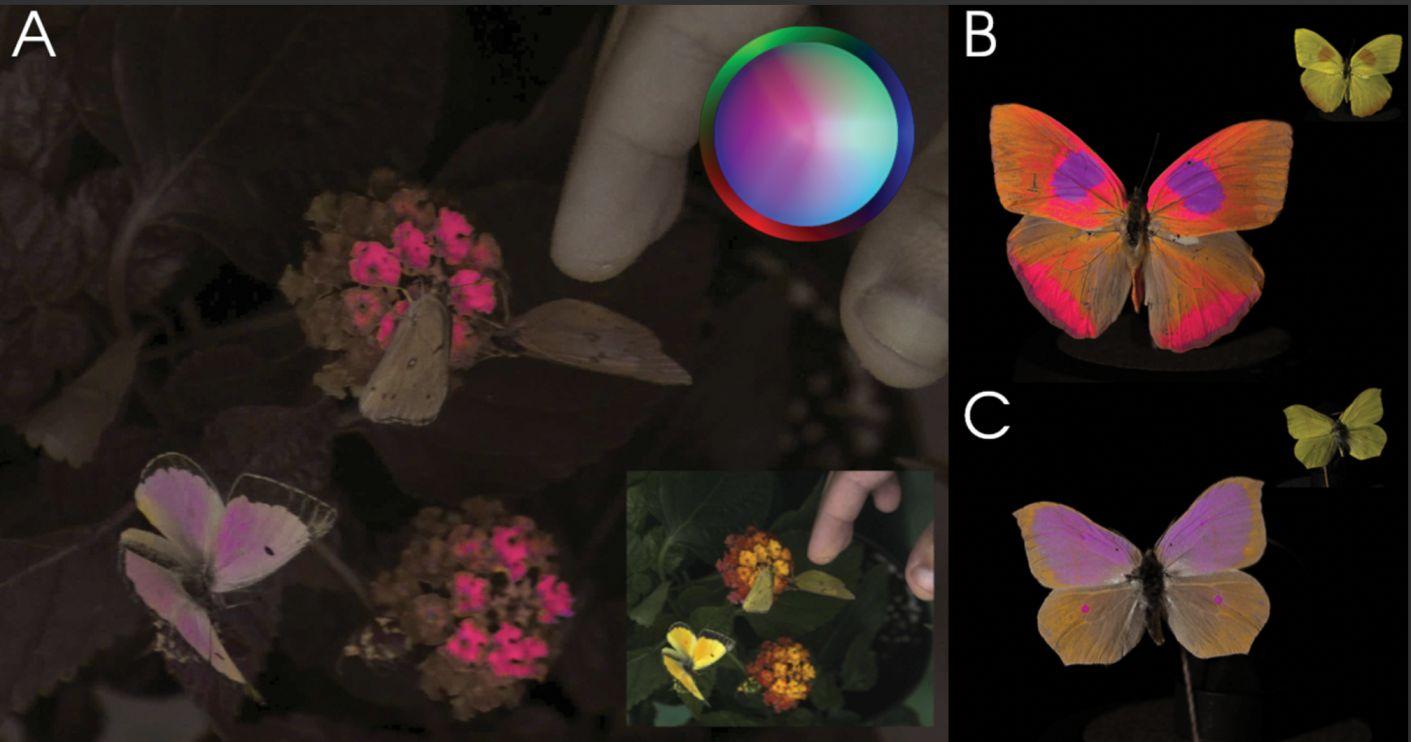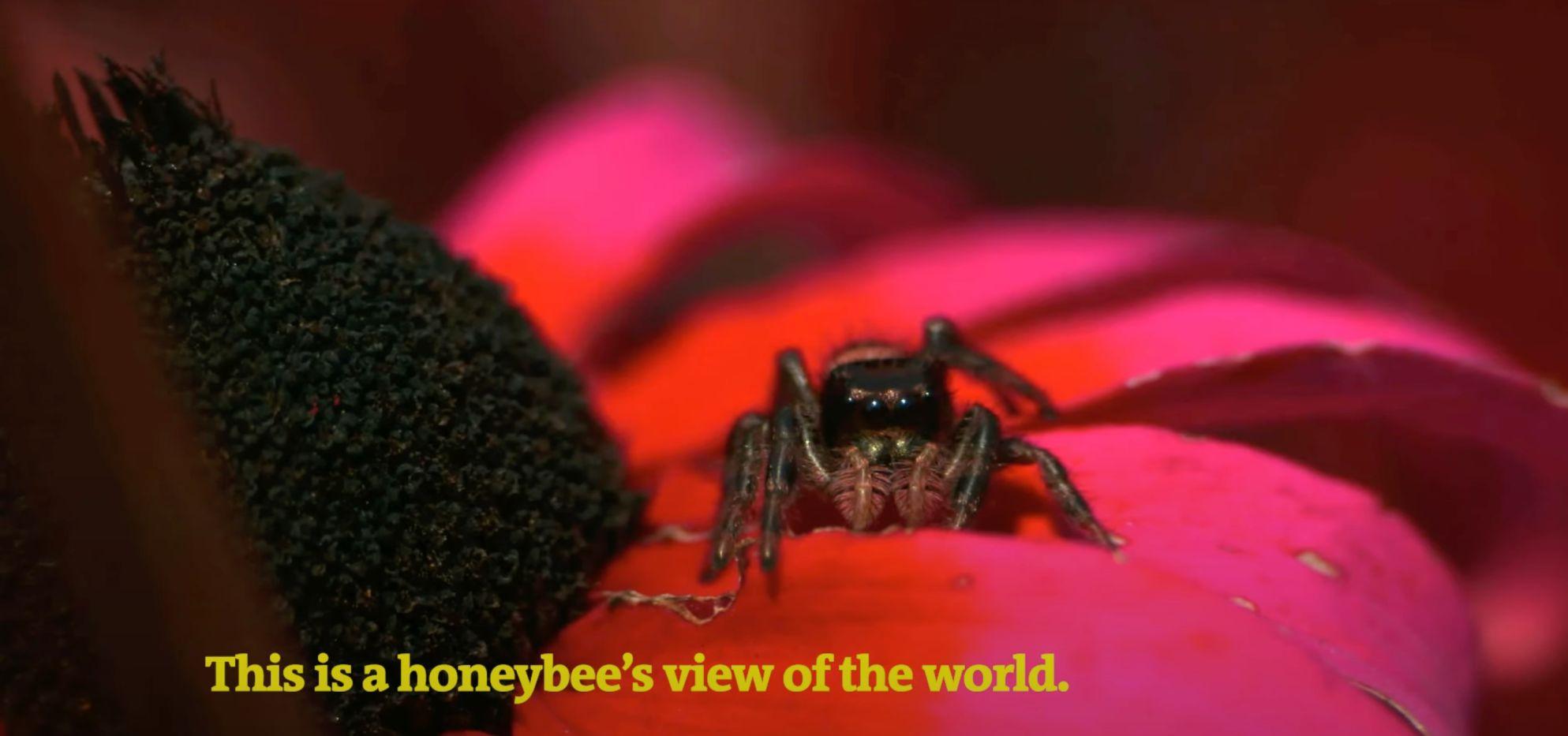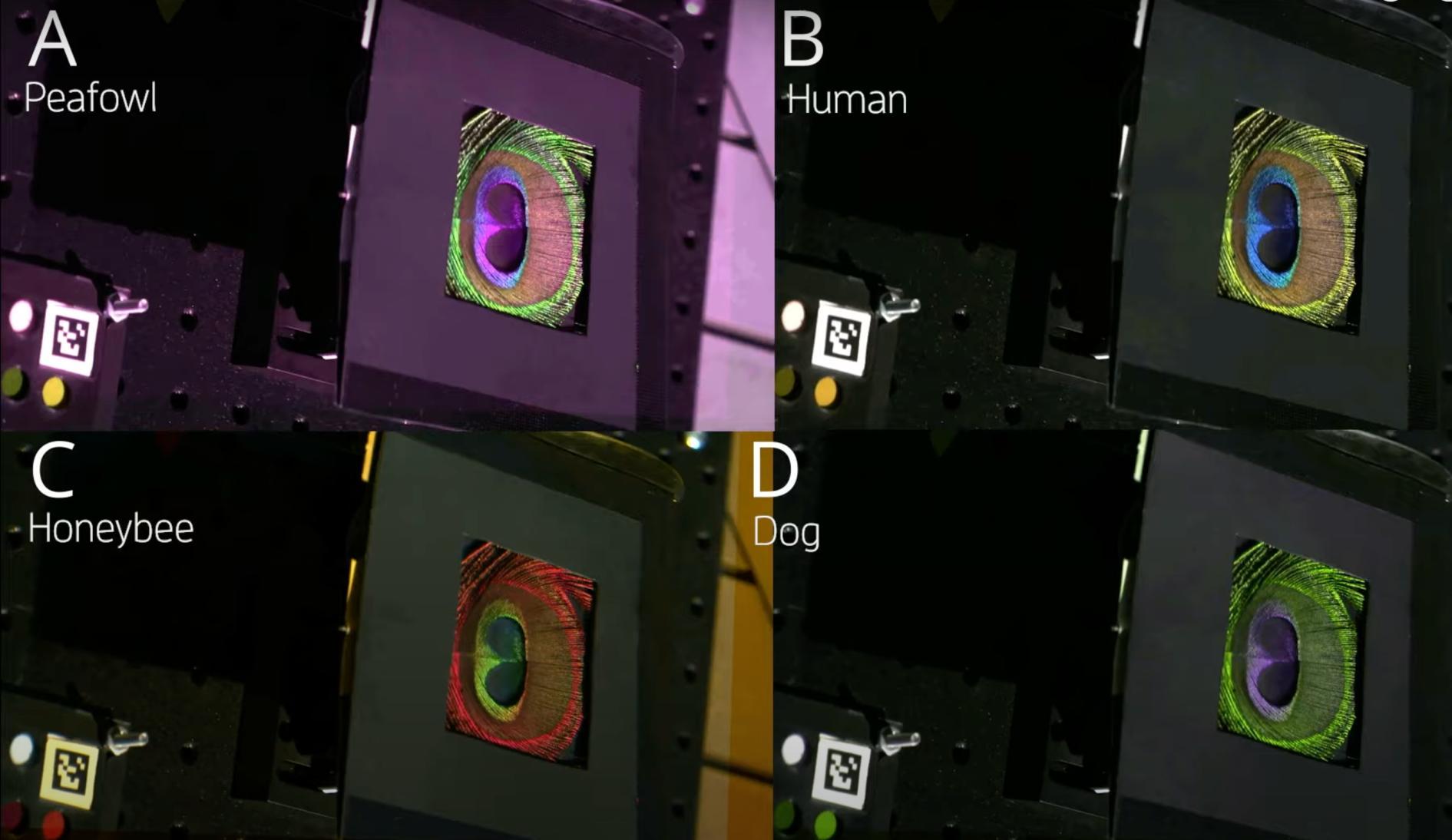Scientists Developed a Camera to Record How Animals See Color — and It's Breathtaking
Published Jan. 25 2024, 10:47 a.m. ET
According to research published in PLOS Biology, a team of scientists from the U.S., Canada, and England have developed an innovative camera and accompanying software system that will allow humans to see colors how animals view them.
The study and its findings open up a new world in which scientists can more accurately portray the world as animals perceive it. Continue reading as we explore the implications of this groundbreaking development and what it means for human understanding of animals' lives.
Scientists have developed a camera revealing how animals see color.
A team of scientists from North America and Europe developed technology to represent how animals view their surroundings more accurately. Per Gizmodo, the technology will aid humans in compensating for the gap between human vision and the specializations that some animals have in their vision.
For example, according to a University of Utah lesson on visible light, there are some wavelengths that the human eye simply cannot process but that animals can, as they may not have been necessary for humans to survive.
Current methods for "translating" such colors into images that humans can perceive are limited or, as the research team describes it, susceptible to "technical difficulties." Per Scientific American, methods predating this novel technology were "time-intensive" and, at times, could not document the important details necessary for the scientists studying such images.
The scientists were able to differentiate the visuals that certain animals and humans see thanks to two specialized cameras, one which detects ultraviolet light and one that reflects light visible to humans.
What animals can see color?
How bees perceive color, for example, differs greatly from humans. Bees see color significantly faster than humans, according to Bee Culture, and their vision encompasses colors on the ultraviolet (UV) spectrum, which transcend the boundaries of human vision. Color markers on plants that signify where nectar can be obtained is only visible to animals that can perceive UV light.
As far as we know, only through the surgical removal of a human's lens can we otherwise gain the ability to see colors on the UV spectrum, per the BBC.
Thus, the researchers explored how their camera works with honeybees, birds, and butterflies due to their excellent UV-sensitivity. Unaffiliated research from 2010 has shown that bees are believed to be the fastest animals at perceiving colors, per Science Daily, and given their ability to see colors beyond human limitations, their involvement with the research makes perfect sense.
The myth that animals only see in black and white has thankfully been debunked, per Vetwest Animal Hospitals, and emerging technology allows humans to better understand just how magnificent the world can be perceived beyond the limited colors that we perceive.
Though our photoreceptors process colors differently, according to Cell Press, we are still viewing the same objects in the same world. Hopefully, as the tremendous differences in the ways in which some animals process the world are literally illustrated for the public, this can lead to a greater appreciation of and sensitivity to animals and their emotions and behaviors.



